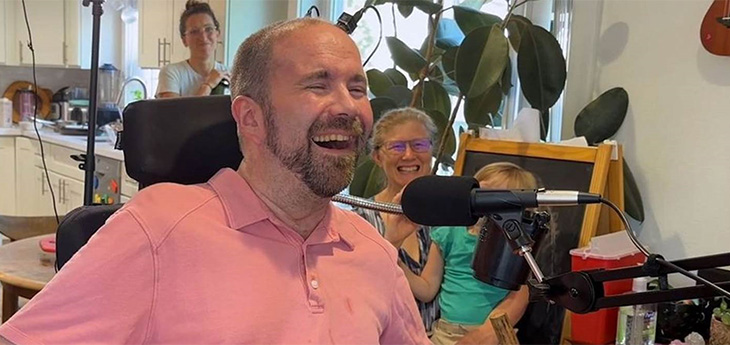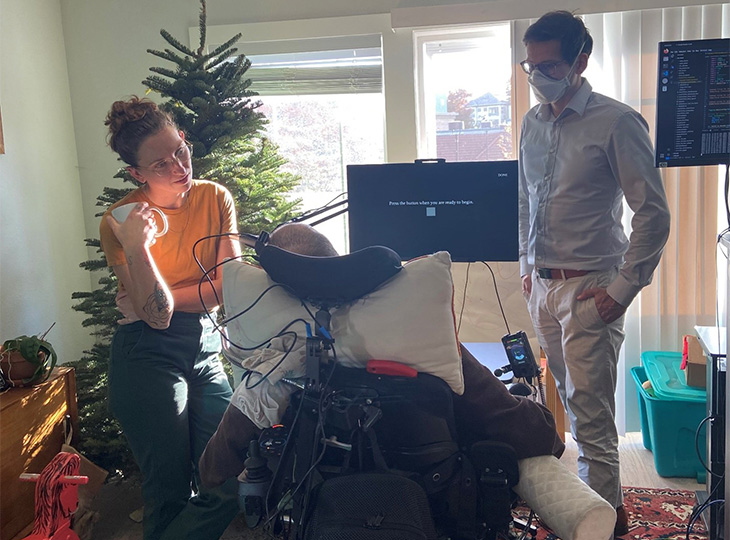Celebrating Aurélien Breton: A Champion of Patient Access to Innovation in South Africa

In a world where healthcare challenges are evolving at an unprecedented pace, innovative leadership has become the cornerstone of transformative progress.
Visionaries such as Aurélien Breton exemplify this dynamic approach, blending passion with strategic insight to drive meaningful change. By placing patient wellbeing at the heart of their mission, these leaders are not merely navigating the complexities of the healthcare landscape, but redefining it.
Their commitment to advancing patient access and optimising care underscores a powerful message: that true leadership in healthcare is about more than just responding to current needs, but anticipating future demands and crafting solutions that elevate the quality of life for patients around the globe.
For nearly five years, Aurélien has been a driving force within the Innovative Pharmaceutical Association of South Africa (IPASA), serving as a cornerstone of the Executive Committee and leading the Patient Access to Innovation (PAI) Working Group.
His journey with IPASA reflects a deep commitment to improving patient access to life-saving medicines, tackling the significant challenges within South Africa’s healthcare system, and advocating for those most in need.
“For me, being a part of IPASA means engaging in a collective effort that extends beyond personal or corporate interests to enhance the broader healthcare landscape in South Africa,” says Aurélien.
A native of France and current Managing Director of Southern and Eastern Africa at Servier, Aurélien’s passion for healthcare brought him to South Africa in 2019 driven by a desire to contribute to something greater than himself and to make a meaningful difference in the lives of all South African patients.
“I am a firm believer that a true leader is someone who wakes up every morning driven by a deep sense of purpose. For me, that purpose is ensuring access to innovative medicines for those who need them most. Our work in providing medicines transcends mere numbers; it profoundly impacts the lives of patients and their families, enhancing their quality of life and serving a greater purpose beyond business,” he adds.
While Aurélien’s role has evolved since joining IPASA, his mission has remained constant – to address barriers to patient access and help patients benefit from innovative medicines. Under his leadership, the PAI Working Group has engaged key stakeholders, including government bodies, medical schemes, and patient advocacy groups, to improve access to innovative treatments.
Aurélien admits that despite engaging with all relevant stakeholders, progress has been sluggish. He attributes this to the healthcare environment at large, where excessive processes and regulations dilute responsibilities and hinder effective action.
“Constructing a path to improvement is challenging due to unresponsiveness and barriers, including a lack of urgency from some stakeholders and uncertainty surrounding the National Health Insurance (NHI) scheme. This has slowed efforts to enhance patient access to life-saving medicines. We must focus on refining the existing system rather than waiting for a complete overhaul.”
Despite these challenges, including others such as infrastructure, access to innovative medicines and their associated high costs, Aurélien and the team have made significant strides. Most notably, the Group has been instrumental in fostering strong engagement between medical schemes, the Council for Medical Schemes, patient advocacy groups, and others; while several prominent medical schemes, such as Discovery Health and Medscheme have entered into agreements that could improve access to innovative medicines in the future.
Aurélien is quick to credit the collective efforts and dedication of the PAI Working Group for the progress achieved during his tenure, acknowledging their willingness to invest time and energy in something greater than themselves. He recognises the significant long-term commitment required, noting the burdensome and relentless nature of the work, which can lead to discouragement or frustration. Despite facing hurdles, the PAI Working Group has met these with resilience and determination to drive progress and effect meaningful change.
While Aurélien has helped achieve significant strides in improving patient access across the South African healthcare landscape, he is eager to broaden his impact by extending his expertise to other countries where he will continue his work in improving patient access.
“While I am sad to be moving from South Africa, I believe I have helped set the foundation for change in the country. Even though the registration of innovative medicines has improved, access to these potentially life-saving medicines and increasing the public visibility of patient voices remains a challenge. I implore everyone involved to continue working tirelessly to break down these barriers, ensuring that all patients can benefit from the innovations that have the power to transform their lives. The work is far from over, and we must maintain our commitment to improving healthcare access and outcomes for all,” concludes Aurélien.
Reflecting on Aurélien’s contributions, Bada Pharasi, CEO at IPASA, adds: “Aurélien’s commitment to improving patient access and healthcare innovation reflects a deep-seated passion for making a tangible difference. As he embarks on this new chapter, we, as IPASA, thank him for his commitment and drive to contribute positively to the healthcare landscape in South Africa. His influence will undoubtedly continue to inspire and impact many in the industry.”











